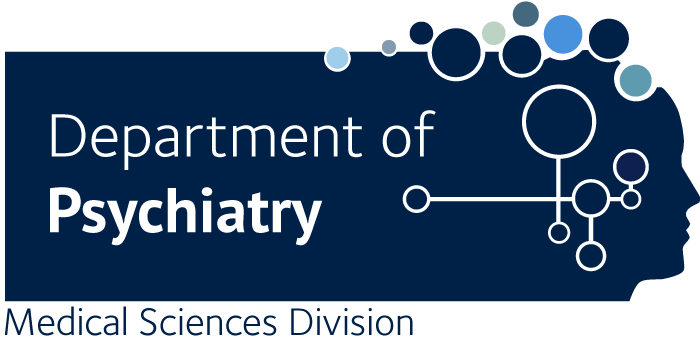Burst Detection

Electrophysiological recordings of neuronal activity typically show spontaneous and task-dependent changes in their time or trial averaged power spectra. These changes are conventionally interpreted as modulations in the amplitude of underlying oscillations.
However, an alternative explanation is that transient spectral ‘bursts’ (e.g. beta bursts) underly these time or trial averaged power spectra. Typically, bursts are detected by computing power time courses in pre-specified frequency bands and choosing an arbitrary threshold. The time or trial-averaged power spectra can then be explained as changes in burst amplitude, bust duration and burst interval.
We are developing alternative approaches that do not require the frequency range of the bursts to be pre-specified and that are threshold free. Our main approach uses the Hidden Markov Model (HMM) on single channel data, where each HMM state corresponds to a specific type of spectral event (e.g. a beta burst).
Application of our HMM-based burst detection has shown that functional connectivity in resting MEG can be explained by the co-occurence of spectral bursts, and that the burst description provided by the HMM can better predict treatment affects in PD than alternative methods.
Tools for performing these kinds of analyses are available to download and use at the OHBA Analysis Group Software Page (using the osl-dynamics python toolbox).
References
- Quinn, Andrew J., van Ede, Freek., Brookes, Matthew J., Heideman, Simone G., Nowak, Magdalena., Seedat, Zelekha A., Vidaurre, Diego., Zich, Catharina., Nobre, Anna C. & Woolrich, Mark W (2019) Unpacking Transient Event Dynamics in Electrophysiological Power Spectra Brain Topography, 32, 1020--1034 https://www.doi.org/10.1007/s10548-019-00745-5.
- van Ede, Freek., Quinn, Andrew J., Woolrich, Mark W. & Nobre, Anna C (2018) Neural Oscillations: Sustained Rhythms or Transient Burst-Events? Trends in Neurosciences, 41, 415--417 https://www.doi.org/10.1016/j.tins.2018.04.004.
- Saed Khawaldeh, Gerd Tinkhauser, Flavie Torrecillos, Shenghong He, Thomas Foltynie, Patricia Limousin, Ludvic Zrinzo, Ashwini Oswal, Andrew J Quinn, Diego Vidaurre, Huiling Tan, Vladimir Litvak, Andrea Kühn, Mark Woolrich, Peter Brown, Balance between competing spectral states in subthalamic nucleus is linked to motor impairment in Parkinson’s disease, Brain 2022, Pages 237–250, https://doi.org/10.1093/brain/awab264
-
Zelekha A. Seedat, Andrew J. Quinn, Diego Vidaurre, Lucrezia Liuzzi, Lauren E. Gascoyne, Benjamin A.E. Hunt, George C. O’Neill, Daisie O. Pakenham, Karen J. Mullinger, Peter G. Morris, Mark W. Woolrich, Matthew J. Brookes. The role of transient spectral ‘bursts’ in functional connectivity: A magnetoencephalography study, NeuroImage, Volume 209, 2020,

